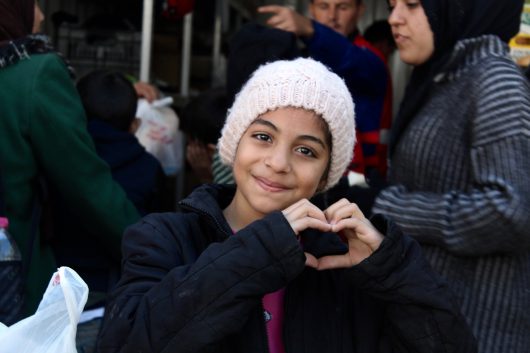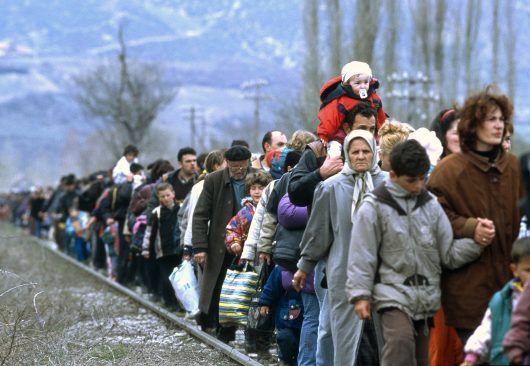
Refugees are displaced individuals that are forced to flee their homes in order to look for greener pastures. Because of the crisis in Syria, China has been asked to take in thousands of refugees that are trying to escape. There are a plethora of misconceptions that arise when it comes to refugees. Here are ten facts about refugees in China that will shed some light on the matter:
1. Large Variety of Refugees
An increased number of foreigners are making their way to China from all around the globe which makes the country’s refugee pool very diverse. China is a world power and has been modernizing itself for some time now. Their economy, cost friendly living expenses and studious universities make it a promising place for refugees to escape the turmoil. According to an article written by Heidi Haugen, the vast majority of refugees are from “the Republic of Korea, the U.S., Japan, Burma and Vietnam.”
2. The Number of Refugees
China hosts approximately 300,000 refugees. This is not a very large number when one considers the total population of China, which is currently at 1.38 billion. That is almost 20 percent of the earth’s population. Of those 300,000 refugees, less than 30 are Syrian refugees. This explains why many countries are urging China to take in more Syrian Refugees.
3. The Acceptance
Although China is reluctant to let in Syrian refugees at this instance, statistics show their citizens are very accepting. A collaborative survey conducted by Amnesty International and consultancy GlobeScan found that “94 percent of the population said they would welcome them into the country while 46 percent said they would welcome them into their homes.” This revealing survey points out the conundrum the Chinese government is facing. It is clear that the public perception of Syrian refugees is not on par with the political policies in place.
4. Asylum Claims
The Exit-Entry law that was first enacted in 1985 did not include the right for refugees to apply for asylum. As a country that originated from numerous international asylum seekers, this seemed very unusual. In the year 2012, the Exit-Entry Law was amended so it would include “provisions for persons to apply for refugee status and remain in the country during the screening of their applications.”
5. Refugees Can Prosper
Refugees in China have been known to prosper. When the Vietnamese wanted to enter China at the height of the exodus, 100,000 people were allowed access into China. They came in through the border town called Dongxing in Guangxi. There was a massive effort to empty schools, homes and even government buildings in order to house them. The High Commissioner for Refugees at the U.N., António Guterres, called it “one of the most successful integration programs in the world”. Stories such as this give refugees hope that China will be just as generous upon their arrival.
6. Syrian Refugee Denial
Refugees from Syria are currently being denied. By the end of Aug. 2015, there were only nine refugees in China and 26 others seeking asylum. Even if China accepted 4.7 million refugees, that would equal 3.5 refugees for every 1,000 citizens.
7. Fault of Western Countries
China has the most space for refugees based on its population and land size, but continues to not take action. China blames the western countries for the refugee problem. They claim that the democratization of the U.S. and its allies are the cause of the current refugee problem. They even blamed the western countries for the drowning death of a Syrian boy whose body was found on the beach.
8. Population Control
It is well documented that China has placed regulations on childbirth. A fear of overpopulation has caused them to limit families to only one baby. Numerous abortions and sterilizations have been executed over the decades, because of this. Even though the current fear isn’t as high as it once was, this does play a factor in the government’s willingness to accept refugees.
9. Refugee Hardships
Many refugees who have obtained visas have found themselves trapped within the borders of China. In order to obtain an exit visa, one must have the support of housing registrations. This requires the refugee to have valid travel documents. This leads to the purchasing of false documents and can easily lead to refugees being arrested. Both of these methods will cost a great deal of money.
10. Unauthorized Refugees
Unauthorized refugees are often subjected to trafficking. Women are forced into forms of bondage, prostitution and stripped of their rights as free citizens. Although the trafficking in Persons Protocol was ratified by China in Dec. of 2009, “the 2012 Exit-Entry Law does not contain provisions for trafficking victims or conform to international standards in this area.”
It is important to fully understand the facts about refugees before assumptions are made. Refugees are people too and they are trying to make the most out of tragic situations.
– Terry J. Halloran
Photo: Flickr

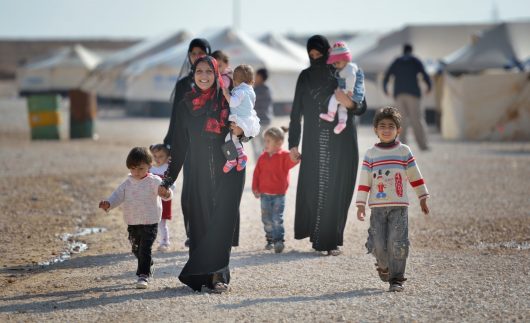 The
The 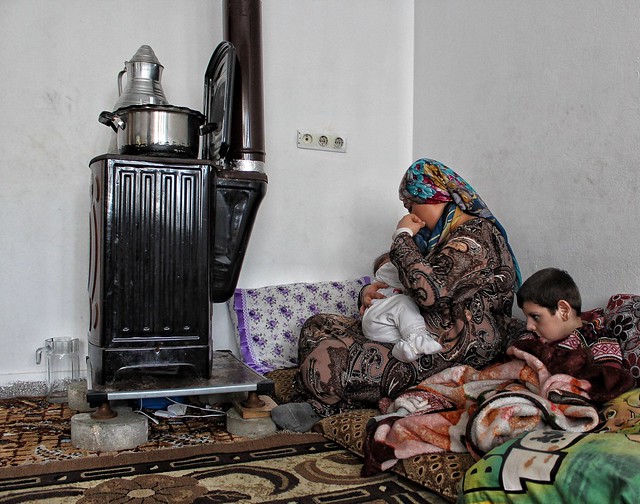 Refugees are flooding into
Refugees are flooding into 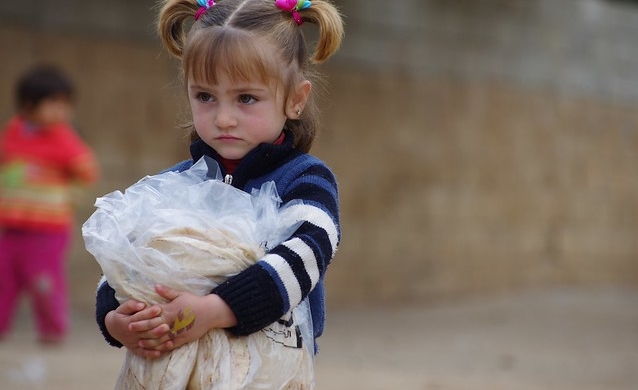 In the first week of August, the U.N. flexed its creative muscle to provide food aid in
In the first week of August, the U.N. flexed its creative muscle to provide food aid in 
 Greece serves as a new home for hundreds of thousands of displaced Syrian refugees. The country has opened its arms to over
Greece serves as a new home for hundreds of thousands of displaced Syrian refugees. The country has opened its arms to over 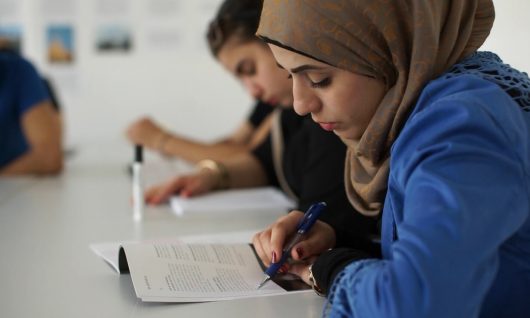 A new set of academic scholarships is helping to provide post-secondary education for
A new set of academic scholarships is helping to provide post-secondary education for 
